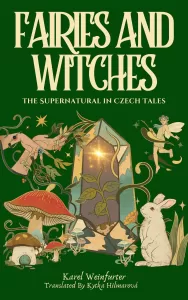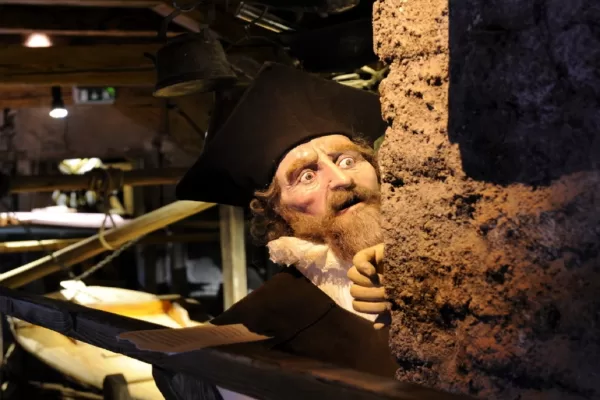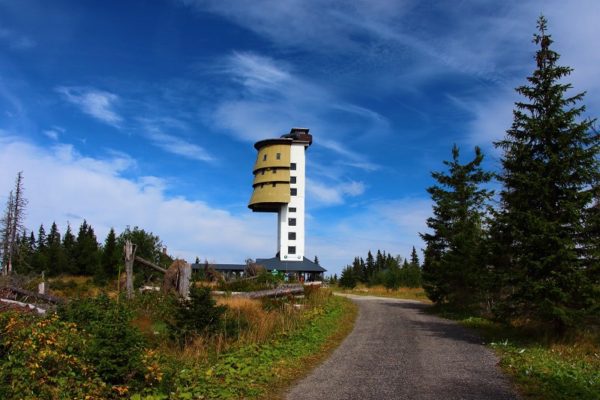Deep within Central Europe lies the Macocha Abyss, a place shrouded in both enchanting folklore and heartbreaking realities. With its unfathomable depth of 138 meters (453 ft) below ground level, this abyss holds a dark history that has captured the imagination of many. Legends and stories intertwine with the chilling present-day accounts, revealing the somber side of this natural wonder.
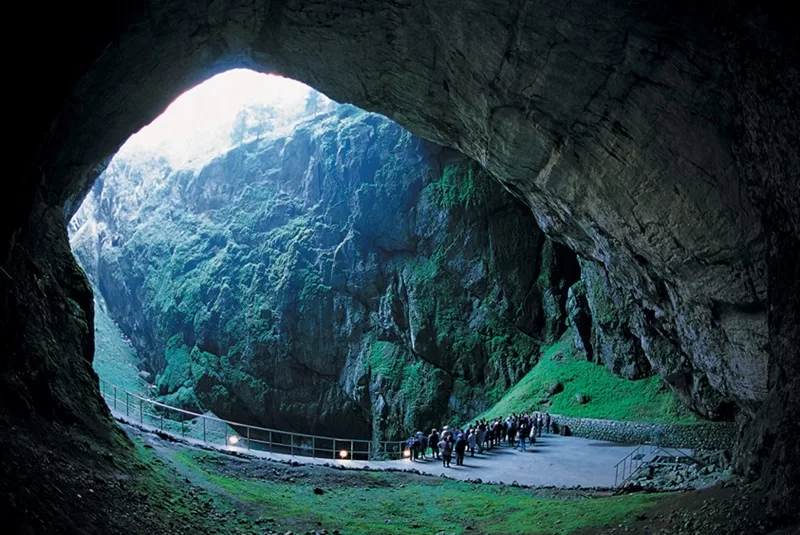
The Dark Tale of the Macocha Abyss: Legends and Tragedies Unfold
One particular legend that haunts the Macocha Abyss revolves around a widower and his two sons. Seeking a new mother for his children, the widower remarried, hoping for a brighter future. Sadly, his second wife harbored deep resentment toward her stepson, who was in robust health, while her own son was plagued by constant illness. Seeking a solution, she turned to an old herbalist who suggested a horrific remedy: if the stepson were to die, her own son would miraculously recover. Driven by desperation and misguided advice, the stepmother led her stepson to the treacherous abyss, luring him with the promise of berry-picking. In a horrifying turn of events, she pushed the young boy towards the precipice, hoping he would meet his demise. Miraculously, the stepson survived, landing on a nearby ledge, where woodsmen heard his desperate cries and came to his rescue. The stepmother, upon returning home, was met with a chilling realization—her own son had tragically perished in her absence. Consumed by grief and guilt, she rushed back to the abyss, clutching her lifeless child, and plunged into the gaping chasm below. Thus, the abyss earned its name—Macocha, meaning “stepmother” in Czech—a chilling reminder of this tragic tale.
Even in present times, the Macocha Abyss continues to leave its mark on history, with stories that echo the depths of human despair. Two bridges stand above the abyss, the higher one towering 138 meters (453 ft) above the ground.
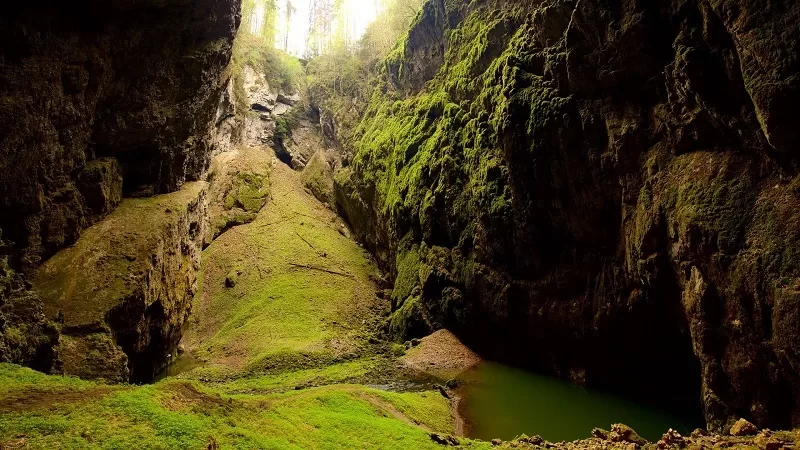
Macocha Abyss, and the Suiciders Stone
Tragically, this bridge has become a destination for individuals contemplating suicide. Known as the “suiciders’ stone,” it often becomes the final destination for those who choose to end their lives. The allure of the abyss draws people from a wide region, including those who have never visited before, seeking an escape from their inner turmoil.
Recovering bodies from the abyss has been a challenging and dangerous task throughout history. Prior to the discovery of a “dry” route to the bottom in the early 20th century, rescuers had the grim responsibility of abseiling down using ropes to retrieve the deceased. Tales of bravery and ingenuity emerge from these grim circumstances, such as the accounts of Martin Kala and Josef Nejezchleb, who employed various methods to retrieve the bodies. In one daring feat, a rescuer tied himself face-to-face with the deceased and ascended together, narrowly avoiding disaster when a rock collapsed beneath them. Another daring attempt involved an alpinist named Pucher, who tried to descend without ropes but tragically lost his life, underscoring the perilous nature of the abyss.
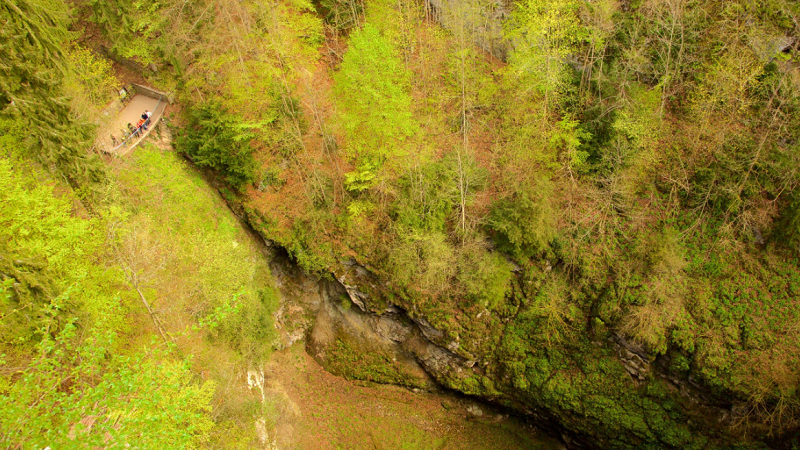
Unfortunately, the Macocha Abyss continues to claim lives, primarily during the cover of night. The cave staff diligently patrols the area each morning before allowing tourists to enter, inspecting the lights, rocks, and, tragically, searching for any signs of death. Occasionally, they receive alarming reports, such as a suspicious bike left leaning against the railing, triggering a day-long search for a missing individual. When bodies land in the lake below the abyss, a safety net designed to catch them sometimes proves insufficient, leading to the involvement of firefighters and divers who brave the depths to recover the deceased. The motivations behind these tragic acts vary, often shrouded in mystery, such as burnout syndrome or personal struggles that remain unspoken.
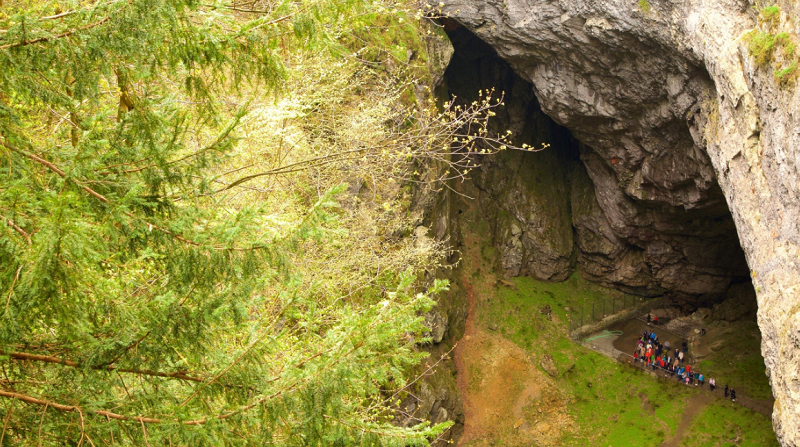
The Macocha Abyss serves as a chilling reminder of the depths of human despair and the enduring power of legend. Even as visitors marvel at its natural beauty and explore the depths of the abyss, it is impossible to ignore the haunting tales that have unfolded throughout its history. The legends, tragedies, and ongoing struggles bring a somber dimension to this extraordinary geological wonder, reminding us of the fragility of the human spirit and the importance of compassion in the face of despair.
Macocha Abyss, Central Europe’s Deepest Sinkhole
Nestled within the captivating Moravian Karst cave system in the Czech Republic, lies a natural wonder that leaves visitors in awe—the Macocha Abyss, also known as the Macocha Gorge. This remarkable sinkhole boasts an astounding depth of 138.5 meters (454 ft), earning it the distinction of being the deepest sinkhole of its kind in Central Europe. Categorized as a “light hole” type sinkhole, the Macocha Abyss enthralls not only casual visitors but also beckons to cavers and advanced technical divers in search of extraordinary adventures.
Situated in the picturesque Vilémovice municipality, a mere 20 kilometers (12 mi) north of the city of Brno, the Macocha Abyss forms an integral part of the Punkva Caves, a geological treasure trove. Gracefully flowing through this enchanting landscape is the Punkva River, adding an element of serenity to the already mesmerizing scenery.
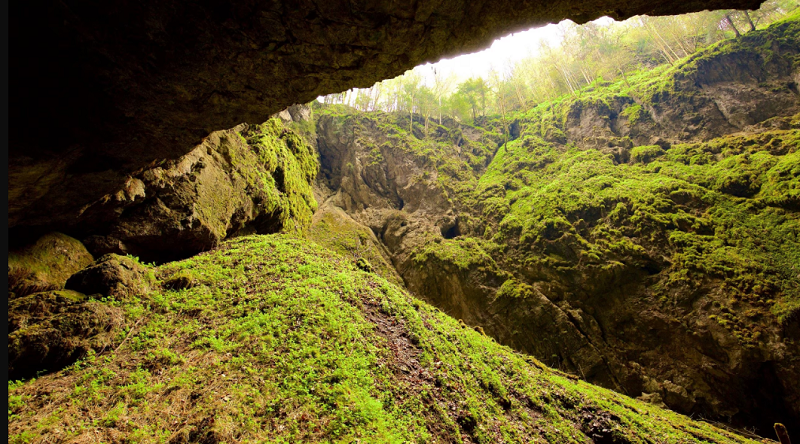
When viewed from above, the Macocha Abyss reveals its impressive dimensions—a striking length of 174 meters (571 ft) and a span of 76 meters (249 ft) in width. Its depths plunge to the surface of Dolní Lake, a dramatic descent of 138.5 meters (454 ft) below ground level. Delving further into the unknown, beneath the serene surface of Dolní Lake lies a labyrinth of uncharted underground spaces, with ongoing explorations reaching depths of up to 187.5 meters (615 ft). It is worth noting that the Macocha Abyss is classified as a “light hole” abyss due to its capacity to allow natural light to illuminate its depths, creating a mesmerizing interplay of light and darkness.
The origins of this geological marvel can be traced back to the dynamic forces of nature, specifically the influence of the Sloupský Brook—a tributary of the subterranean river Punkva. Over time, the relentless flow of the Sloupský Brook has meticulously carved out a complex network of underground passages, majestic domes, and awe-inspiring abysses. Collectively referred to as the Sloup-Šošůvka Caves, these formations extend over a staggering distance of approximately 6,500 meters, offering visitors the longest underground trail open to the public in the Czech Republic. Embarking on a captivating 3,000-meter-long viewing circuit, visitors to the Macocha Abyss are immersed in the subterranean wonders that this region has to offer.
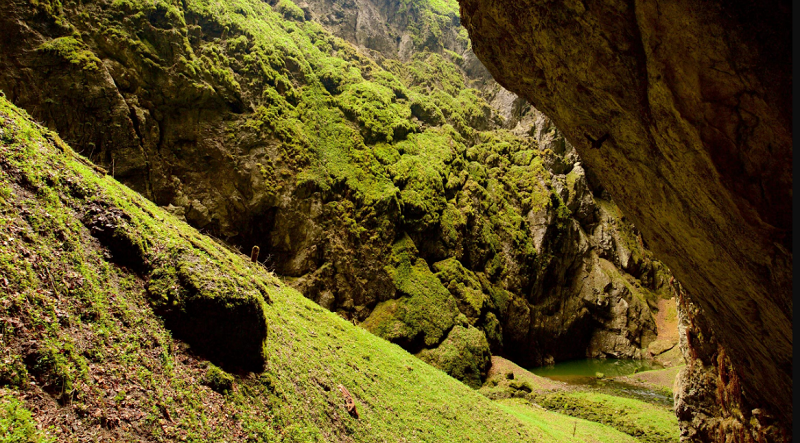
The Macocha Abyss stands as a testament to the remarkable forces that shape our planet’s geological landscapes. Its mesmerizing depths and breathtaking dimensions invite exploration and offer a glimpse into the hidden marvels of the natural world. As visitors embark on their journey through the Punkva Caves, they are transported to a realm of underground splendor, where the interplay of light and darkness creates a magical ambiance. The Macocha Abyss serves as a testament to the power of nature’s artistry, leaving all who witness its grandeur with a sense of wonder and appreciation for the awe-inspiring beauty of our planet.
We’ve written about the caves before in 2018. Click below to learn more.
The Beautiful Caves of The Moravian Karst
If you enjoy fairytales and legends, I’ve translated two Czech books which have plenty of old folklore. Make sure to take a look:
Fairies and Witches: The Supernatural in Czech Tales invites readers on a mesmerizing journey through an enchanting world, where the realms of fairies and witches spring to life under the masterful storytelling of Karel Weinfurter.
This captivating collection, translated into English by Kytka Hilmarova, unveils a treasure trove of timeless tales that will transport readers into a realm of wonder, weaving together rich folklore and mystical narratives that have captivated audiences for generations.
The stories presented in “Fairies and Witches” hold a cherished place in the tapestry of folklore, passed down through generations to illuminate the imaginations of readers worldwide. Weinfurter skillfully delves into the significance of fairies and witches in the human imagination, spirituality, and cultural traditions. While the primary focus is on sharing these cherished tales, Weinfurter’s profound understanding of the subject matter adds a layer of depth to each narrative, unveiling hidden meanings and timeless lessons that resonate across time and cultures.
 Uncover the vibrant tapestry of Romani life in the Czech Lands with Don’t Call Me Gypsy: A Journey through Czech Romani History and Fairy Tales. This captivating book invites you to explore the rich heritage of the Romani community in the Czech Republic, delving into their history, culture, and traditions.
Uncover the vibrant tapestry of Romani life in the Czech Lands with Don’t Call Me Gypsy: A Journey through Czech Romani History and Fairy Tales. This captivating book invites you to explore the rich heritage of the Romani community in the Czech Republic, delving into their history, culture, and traditions.
Discover the fascinating Romani history and enduring presence in the Czech Republic. From their nomadic roots to their vibrant cultural traditions, delve into the captivating world of Romani culture and heritage. Explore the customs and celebrations that define the Romani community, including Romani weddings, festive gatherings, and the profound significance of Romani music, dance, and theater.
Immerse yourself in the enchanting realm of Romani folklore and fairy tales, newly translated to English for the first time. This captivating collection features beloved Romani fairy tales like “A Flower for Luck,” “The Rose and the Musician,” “The Mighty Son of The King,” “The Omniscient Gypsy,” “The Floating Mountain,” “The Headless Rider,” “The Three Magical Eggs,” “The Man with Five Heads,” “The Gypsy and The Treasure,” “The Seven Brothers and The Devil,” “The Man Without a Shadow,” and “Nothingness.”
These extraordinary tales offer profound insights into the magical and mythical aspects of Romani culture, transporting readers to a world filled with wonder, adventure, and timeless wisdom. Experience the power of these timeless Romani stories that have captivated generations, conveying the values, beliefs, and cultural heritage of the Romani people.
* * * * *
Thank you in advance for your support…
You could spend hours, days, weeks, and months finding some of this information. On this website, we curate the best of what we find for you and place it easily and conveniently into one place. Please take a moment today to recognize our efforts and make a donation towards the operational costs of this site – your support keeps the site alive and keeps us searching for the best of our heritage to bring to you.
Remember, we rely solely on your donations to keep the project going.
We appreciate you more than you know!
If you have not already subscribed to get TresBohemes.com delivered to your inbox, please use the form below now so you never miss another post.

